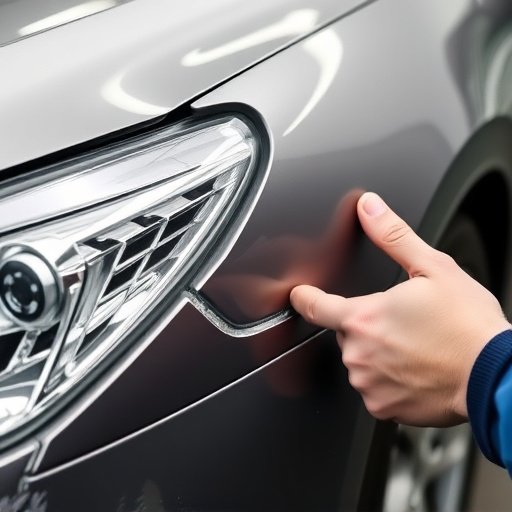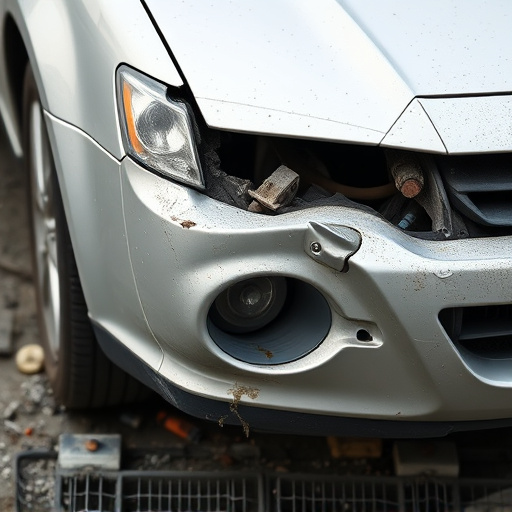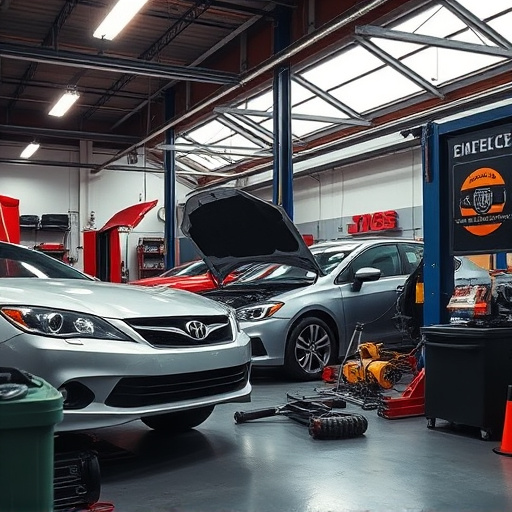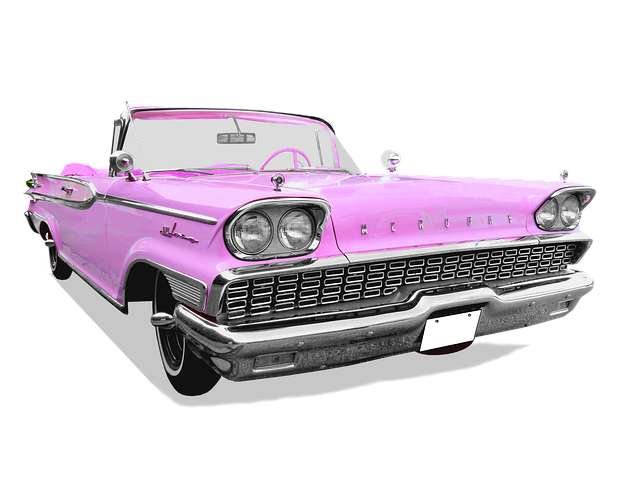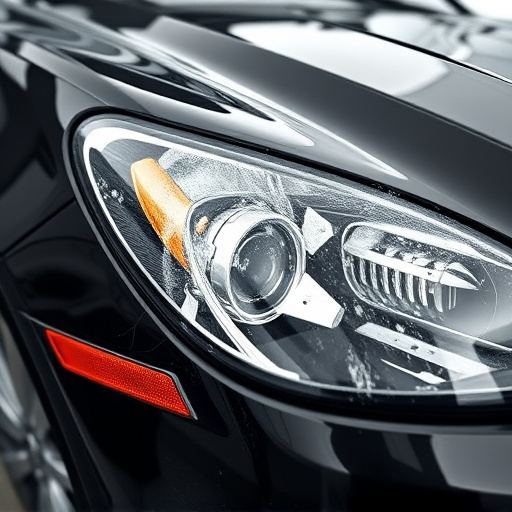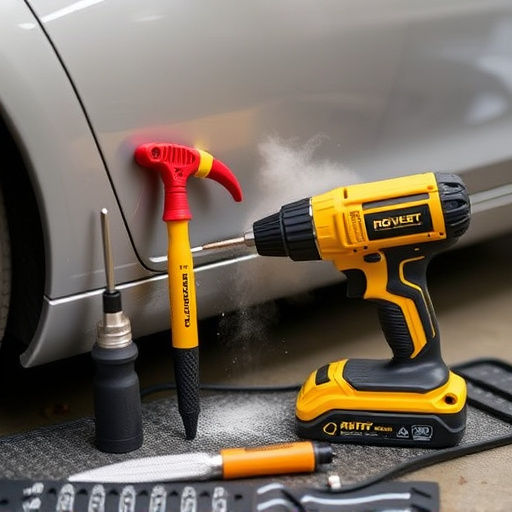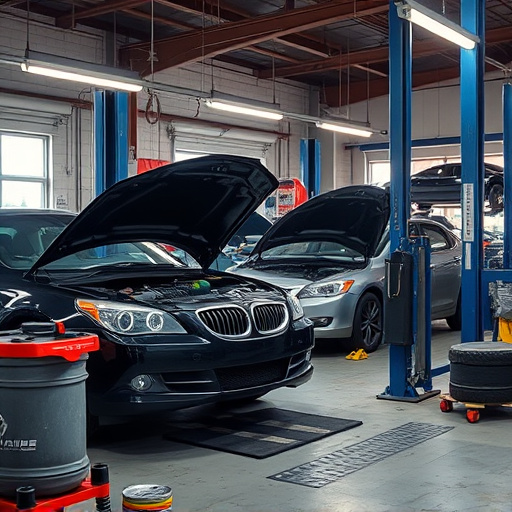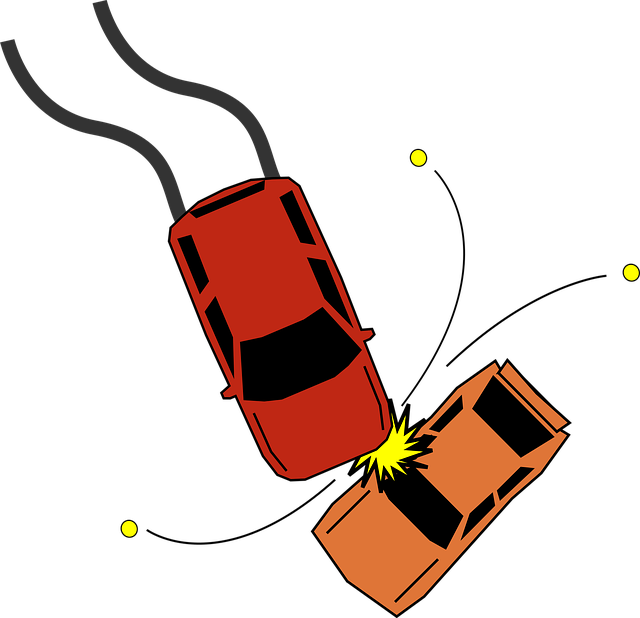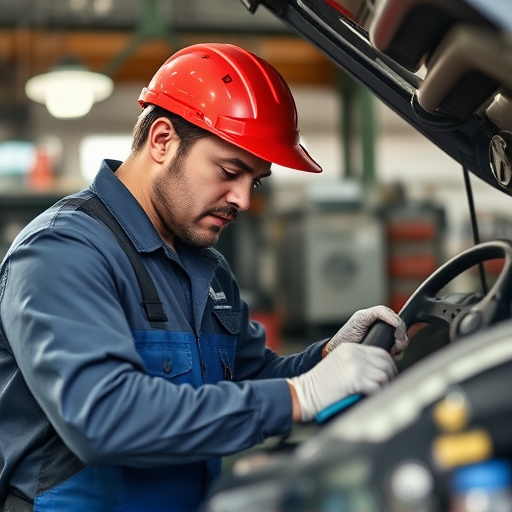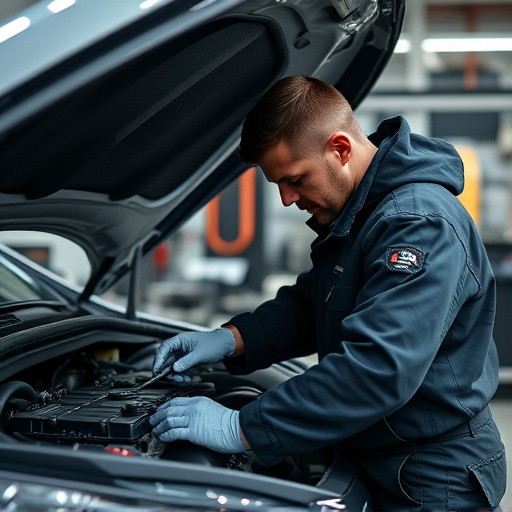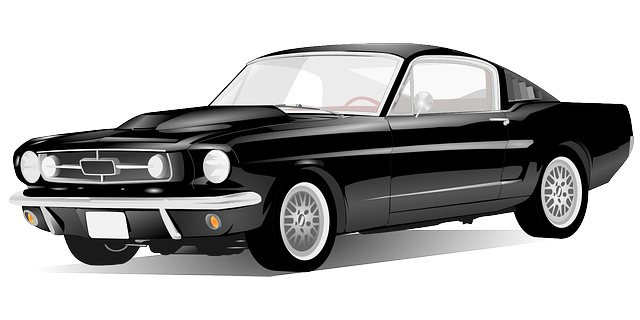Computerized frame measurement systems revolutionize automotive repair by eliminating human error and inefficiencies of traditional manual methods. They provide precise data for accurate collision repair, classic car restoration, and informed decision-making, saving time, resources, and enhancing overall quality.
Computerized frame measurement is transforming industries by overcoming the limitations of traditional methods. Manual, sight-based measurements are prone to human error, especially in complex or intricate frames. This article explores how computerized technology enhances accuracy with advanced sensors and software algorithms. By providing precise, data-driven insights, computerized frame measurement improves efficiency, reduces waste, and drives innovation across various sectors, from manufacturing to construction.
- Understanding Traditional Frame Measurement Limitations
- Advantages of Computerized Technology in Measurement
- Impact on Industry: Enhanced Accuracy and Efficiency
Understanding Traditional Frame Measurement Limitations
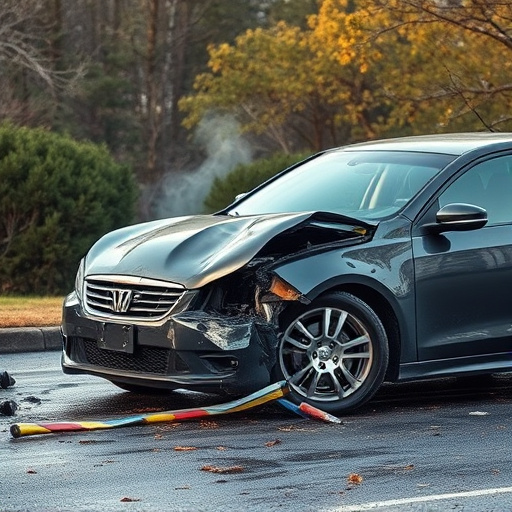
In the realm of automotive repair, especially for tasks like fender repair and vehicle collision repair, traditional frame measurement methods have long been a point of contention. Manual measurements, often done with basic tools like tape measures and calipers, are subject to human error. This can lead to inaccuracies in assessing damage, misalignments during repairs, and ultimately, subpar car repair services. The limitations are multifaceted: measurements can be inconsistent due to the variability of human technique, and the process is time-consuming, often prolonging the overall repair timeline.
Computerized frame measurement systems, on the other hand, offer a revolutionary approach. By leveraging advanced technology, these systems provide precise and consistent data, ensuring that every measurement is taken accurately. This precision is pivotal in complex tasks like fender repair, where even slight errors can compound and affect the entire vehicle’s structural integrity. Computerized methods streamline the process, enabling efficient and effective vehicle collision repair, ultimately saving time and resources while enhancing overall repair quality.
Advantages of Computerized Technology in Measurement
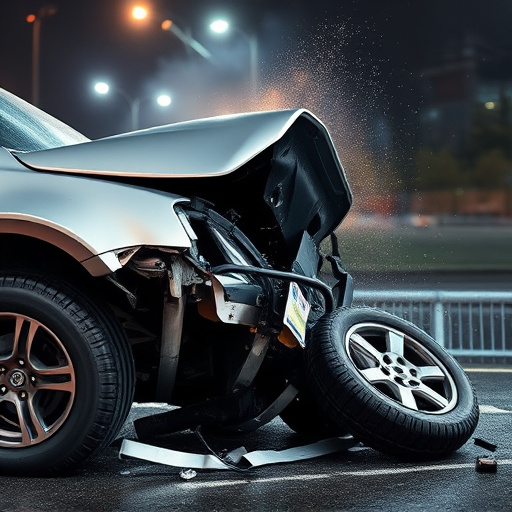
The advent of computerized frame measurement technologies has revolutionized the automotive industry, particularly in areas such as Mercedes Benz collision repair and classic car restoration. These advanced systems offer a plethora of advantages over traditional manual methods. By utilizing sophisticated sensors and software algorithms, computerized frame measurement ensures unparalleled accuracy and precision. This is especially crucial for intricate tasks like auto painting, where even minor errors can significantly impact the final result.
Moreover, the efficiency gained from computerized technology is remarkable. It streamlines the process of assessing vehicle damage, enabling mechanics to quickly identify and diagnose issues. This not only saves time but also reduces costs associated with lengthy manual inspections. In the realm of classic car restoration, where every detail matters, computerized frame measurement provides restorers with a reliable tool to maintain historical accuracy while enhancing overall repair quality for these precious vehicles.
Impact on Industry: Enhanced Accuracy and Efficiency
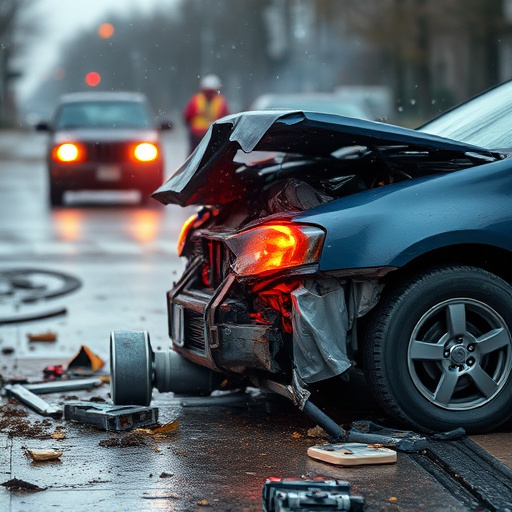
The adoption of computerized frame measurement has revolutionized various industries, particularly those involved in vehicle repair and car body restoration. Traditional methods often relied on manual measurements, which were time-consuming and prone to human error. However, with computerized systems, the process becomes streamlined and highly accurate. These advanced tools provide precise data, enabling collision repair shops and experts in vehicle repair to make informed decisions during the restoration process.
By employing computerized frame measurement, professionals can achieve enhanced accuracy and efficiency. This technology ensures that every angle, curve, and contour of a vehicle’s frame is captured with meticulous detail, reducing the risk of miscalculations. As a result, car body restoration projects are executed more precisely, leading to superior outcomes. Moreover, the efficiency gained allows collision repair shops to handle a higher volume of work without compromising quality, ultimately benefiting both businesses and customers alike.
Computerized frame measurement offers a revolutionary leap forward in precision and efficiency, addressing the limitations of traditional methods. By leveraging advanced technology, industries can now achieve unparalleled accuracy, ensuring better-quality products and streamlined workflows. This innovative approach is transforming how we perceive and manage frame measurements, making it an indispensable tool for modern manufacturing and construction practices.
